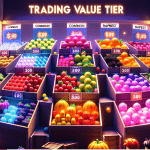The food system in Wild Hearts is a bit more complex than it should be. The player needs to efficiently plan his food according to the skill needed and stockpile the required materials for cooking food. It is a challenge to figure out which combination of foods best suits your required skill.
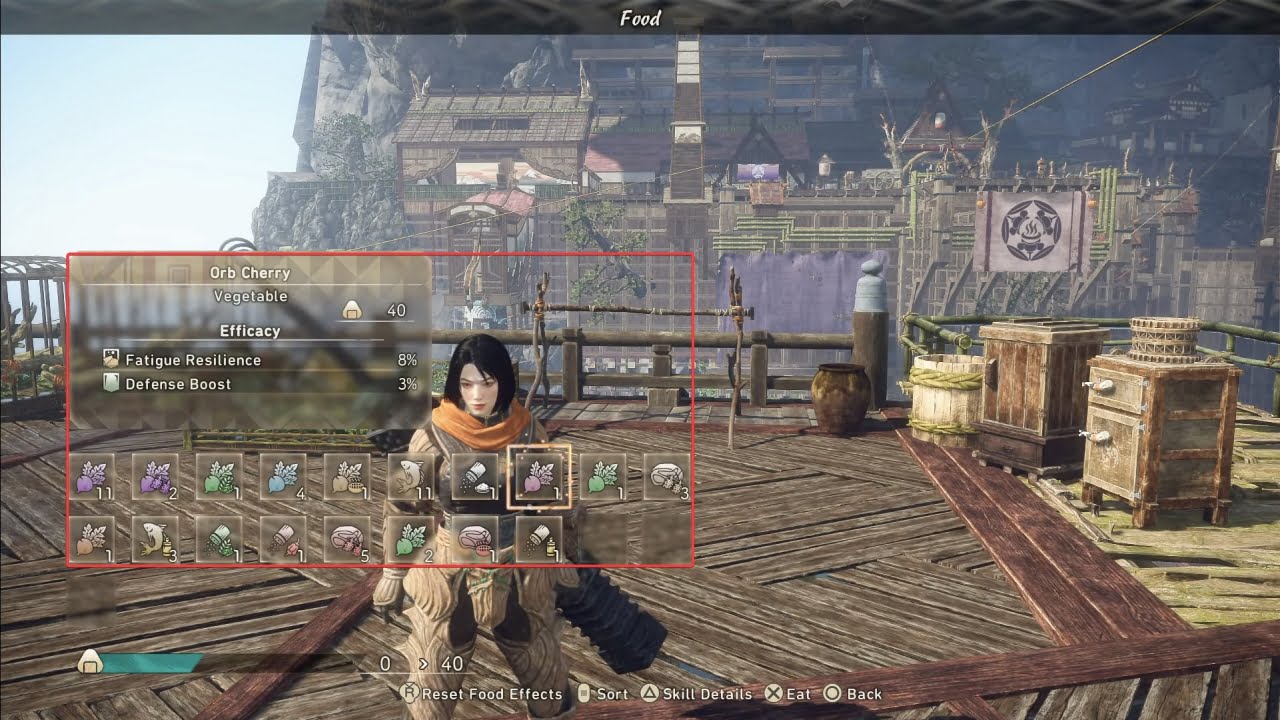
The food consumed adds different points to your saturation. Small meals can add 10, while rare meals will add 50 or 60 points, and the saturation is capped at 100. [Source 1]
What Are the Types of Food in Wild Hearts?
Four types of food can add points to your skills. [Source 2]
- Grains: These are for health points.
- Meat: Boosts attacking skills significantly.
- Vegetables: Enhances defensive skills.
- Fish: Improves endurance skills and stamina
How to Collect Food?
There are several ways for the ease of the player that are mentioned as follows:
Collect Food from the Wild
As the player traverses through the map, he’ll find many collectible items lying on the ground. He must ensure he collects all the required food if the inventory levels still need to be upgraded. [Source 3, 2:20]
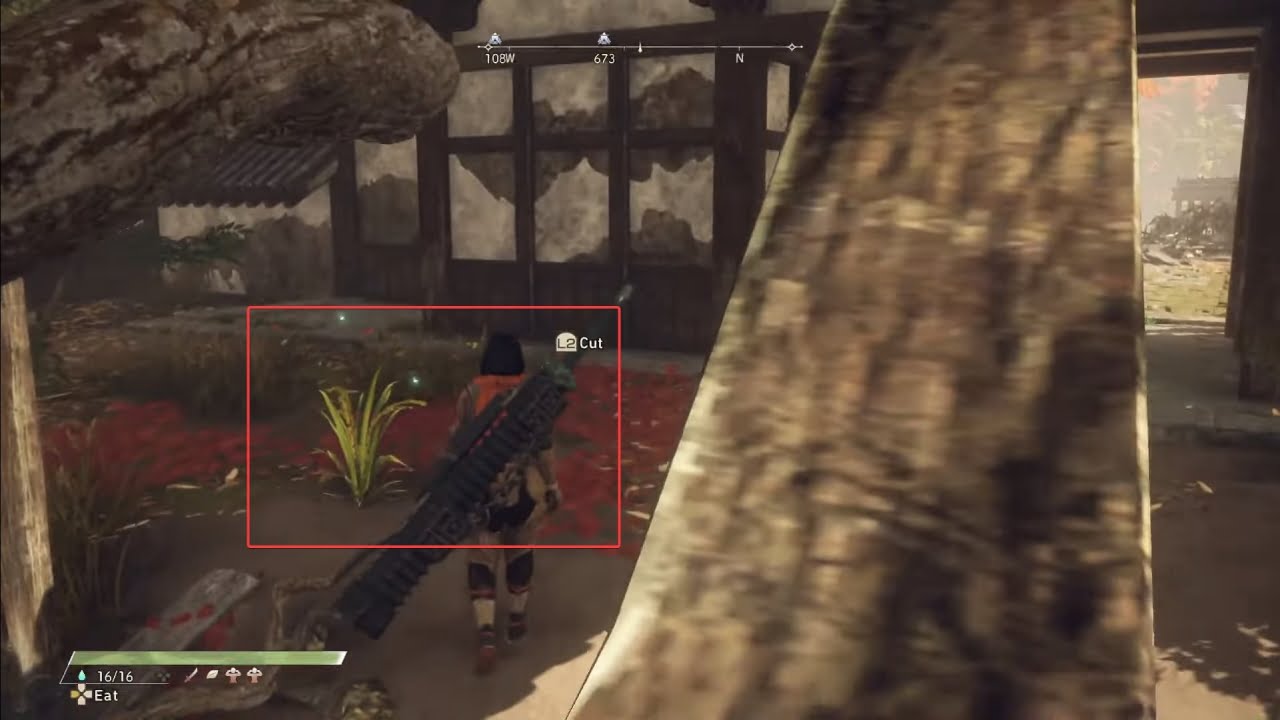
Build Tsukumo Food Shrine
If collecting material while roaming the map seems like a hustle, the player can build tsukumo food shrines, a shelter for tsukumos who, in return, collect material from the land. [Source 4 1:20]
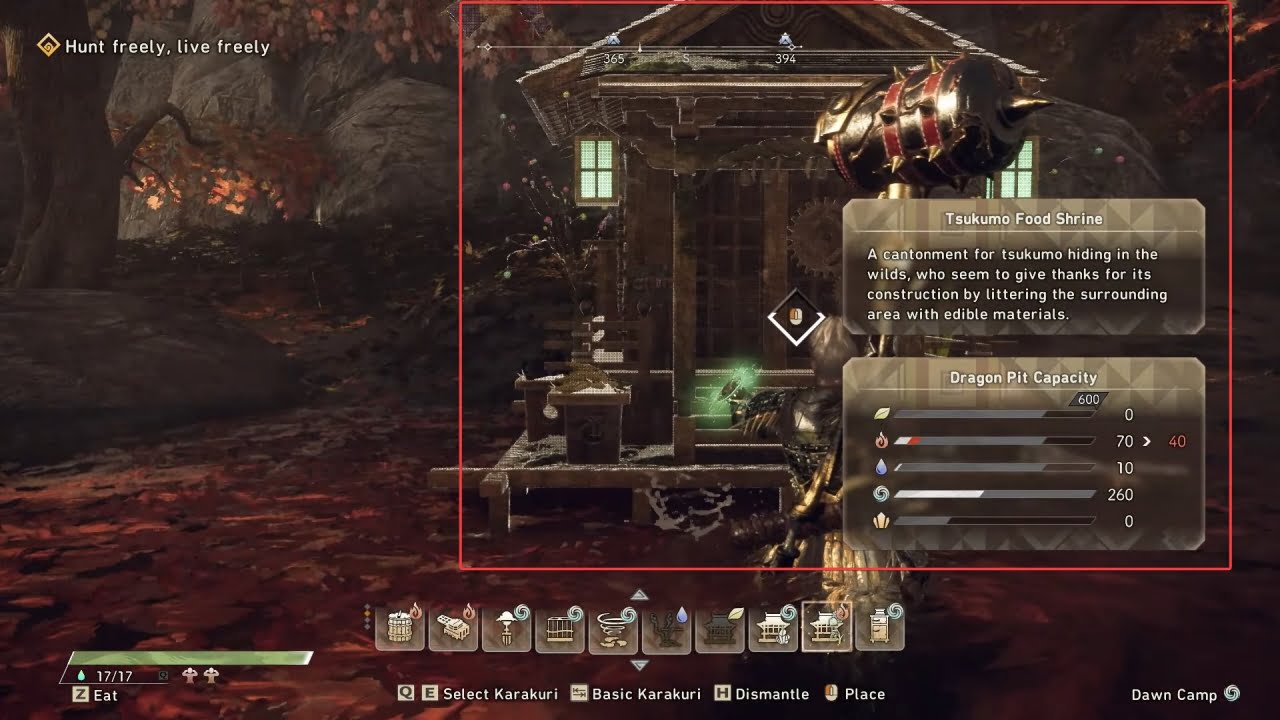
Build Paddle Scoop
Placed it in the water and regularly check for the collected fish. [source 5, 1:30]
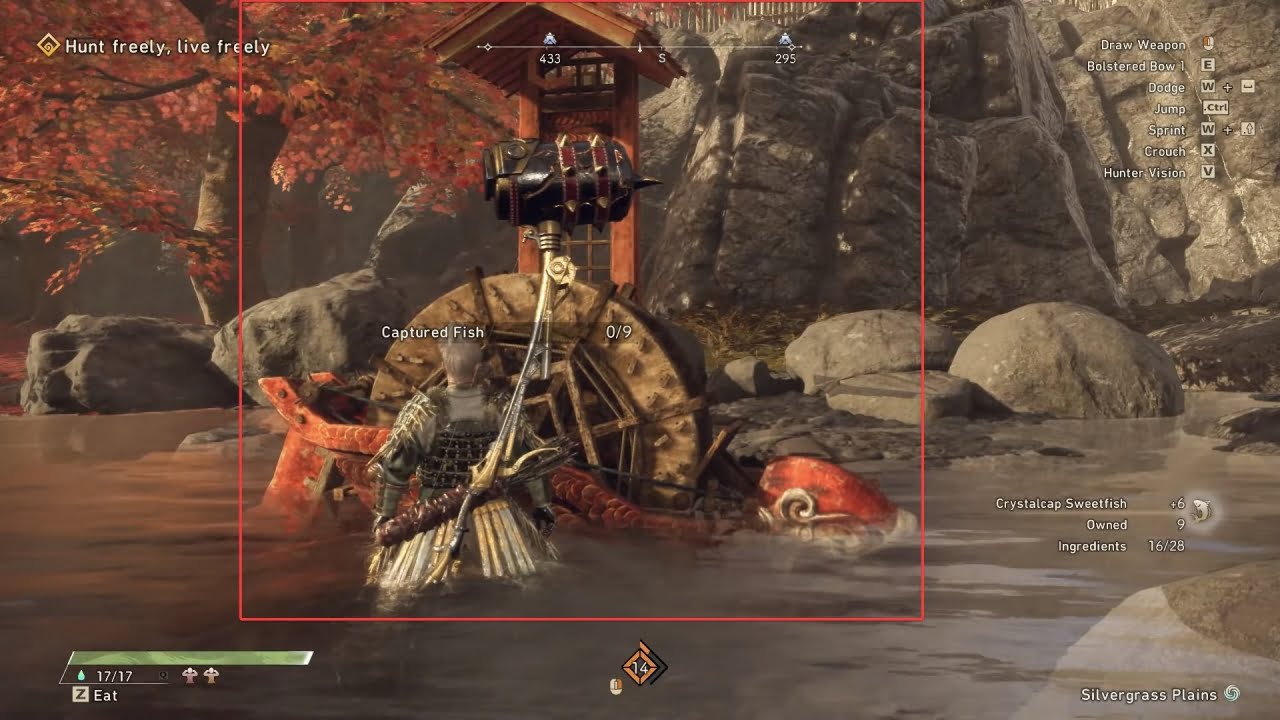
Hunt to Get Meat
To get meat, the player needs to go out in the wild and hunt the small herbivores for two pieces of meat each. This will take a little dedication to stockpile meat as only certain types of small kemonos give meat. [source 6 2:40]
What Are the Types of Food Processing?
There are four techniques for processing food that not only allow the player to stack the food easily, but each has a different effect on the food you are processing.
Drying Food
Drying food in the game offers valuable benefits to players right from the early stages. By preserving meals, you ensure their longevity, making them a reliable resource for future use. Additionally, drying specific ingredients can enhance your skills related to those items, providing an advantage in your journey. However, combining two raw foods of the same type will result in a single generic food item, losing the separate bonuses of each ingredient.For instance, combining cubed meat and sliced meat will result in generic dried meat without its benefits. [source 7]

While the drying method has its advantages, it’s essential to consider its drawbacks. The process requires multiple raw foods to create a single dried food item, which may not be ideal if the enhancement of the dried version is only marginally different from that of the raw ingredients. Using raw food might be more efficient instead of risking the potential waste of valuable resources.
Pickling Food
Pickling food depends on the player’s seasoning, and not many options will be available for spicing until Fermentation is unlocked. [source 8] It allows up to three pieces of raw food to combine with a single seasoning that gives boosts depending on the type of food and seasoning. [source 9 3:05]
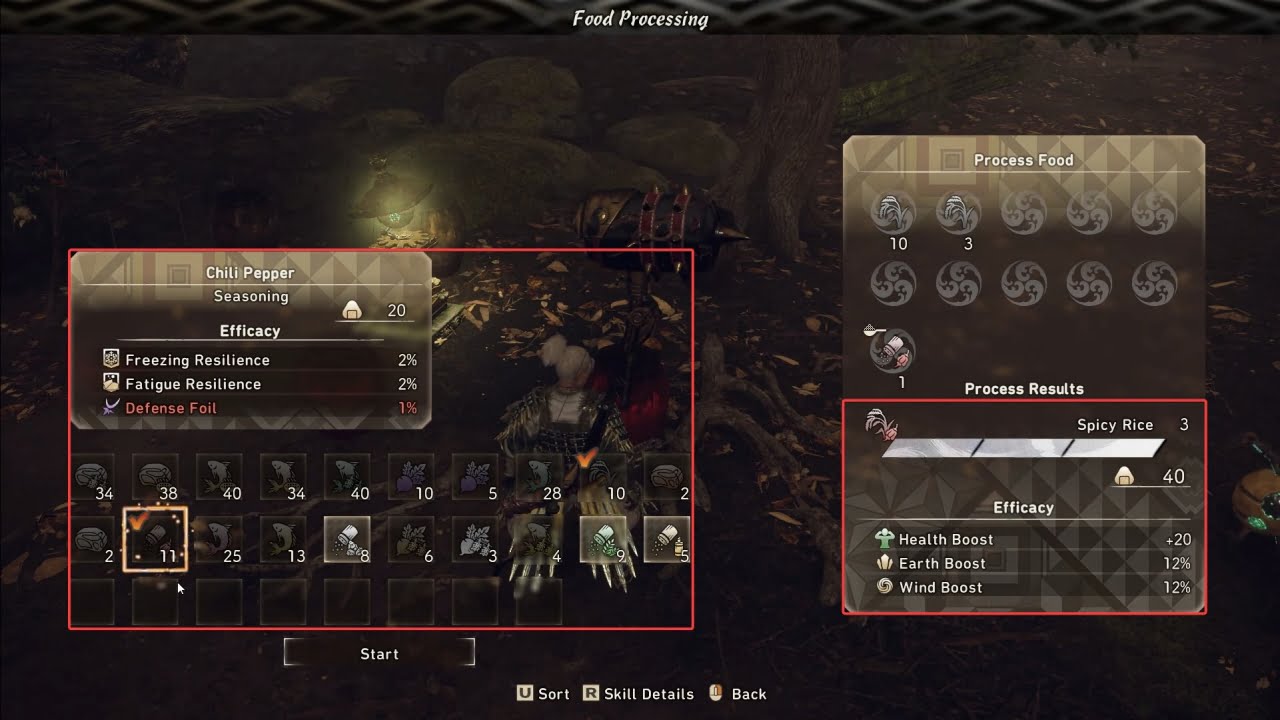
Its downfalls are that it treats the food generically on its type and only caters to additional skills of the food item, so the bonuses are lost. For example, if you put any meat in the pickling jar with salt seasoning, it will come out as salted meat regardless of the meat type. [Source 10 3:25] Using raw foods rather than processed foods is recommended as the enhancement is limited, and the bonuses are lost.
Fermentation
Cheaper than other methods, this process allows the player to make his seasoning using the available raw material. For example, fermenting Grain will give you Miso Paste, Meat will produce Meat Paste, Fish will provide you with Fish Paste, and Vegetables will yield Vinegar.
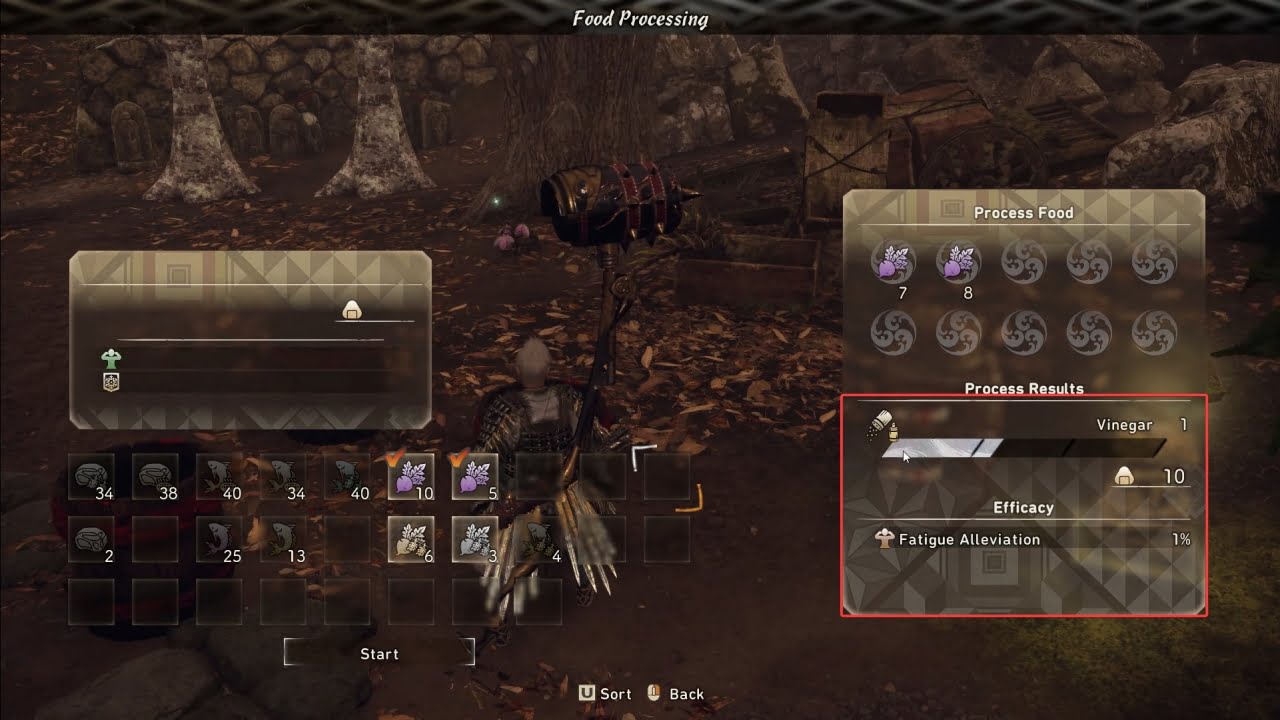
This process allows the player to convert his food into spices, which can be consumed on their own, each having a different effect. [source 11 2:35]
Smoking
Smoking unlocks mid-game stages and enhances the individual statistics of the food item. Although you can smoke only a single thing at once, it can be very beneficial for the player as it can boost the statistics the previously mentioned methods had buffed. Unfortunately, it only works for processed food. [SOURCE 12]
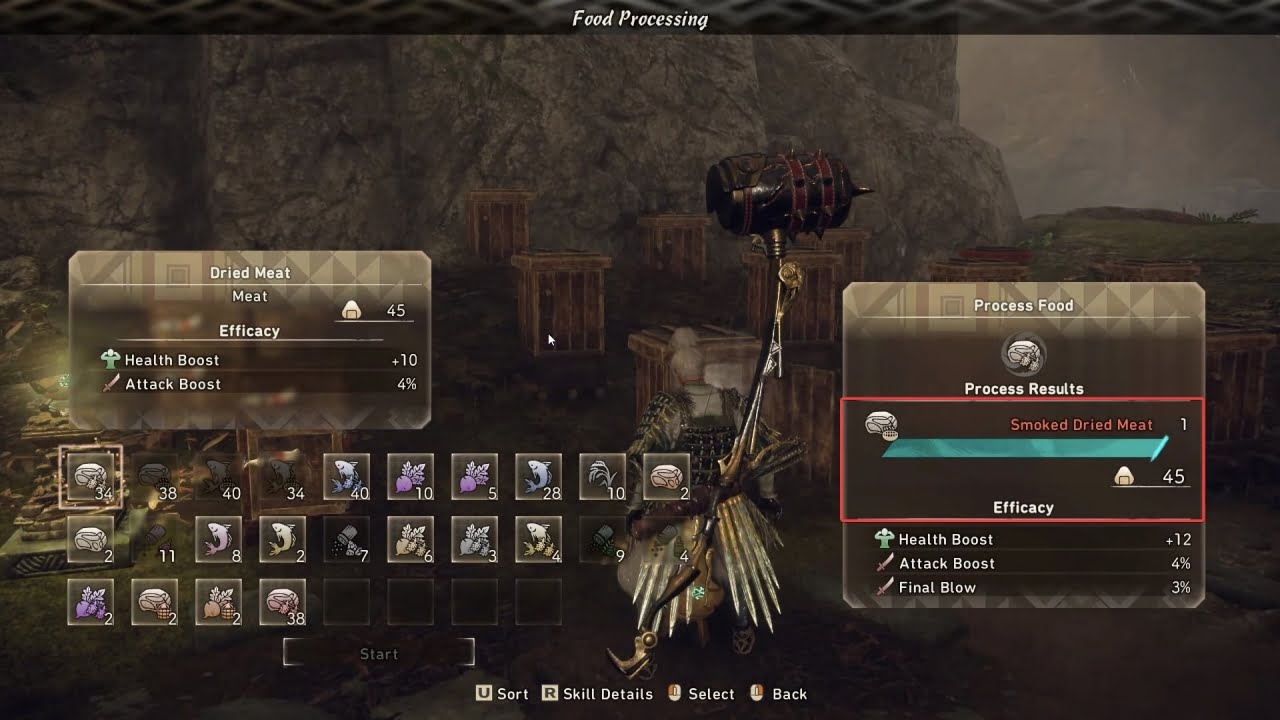
How to Store Food?
Building storage containers near your farming spots is a must, as the amount you can carry on you is low. Place your food in the storage, and remember to build containers for every place you have set up your fishing or hunting gear because the inventory for each site will not be shared and will be different. [source 13 2:05]
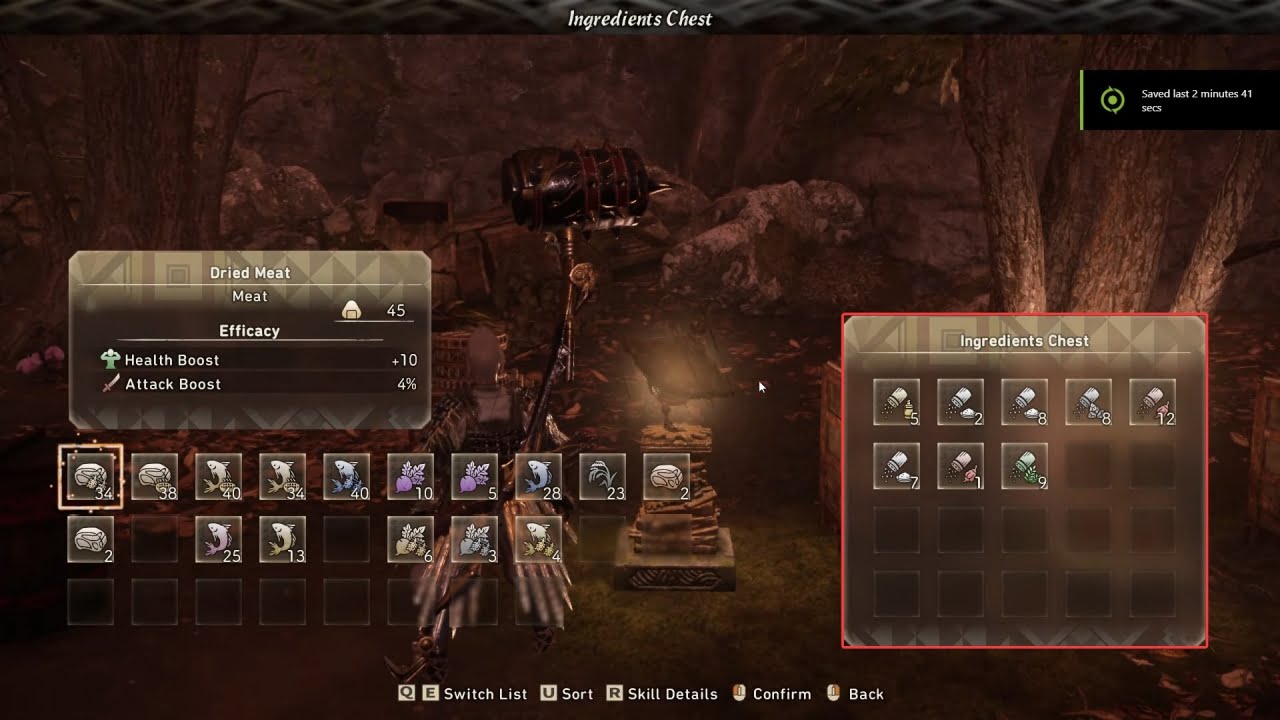
You can upgrade your food carrying capacity by upgrading the Village Construction technique. [source 14 2:15]













